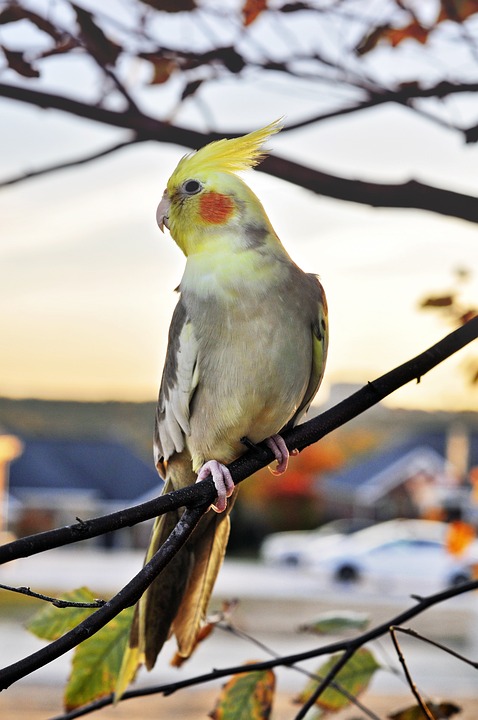Unlocking the Potential for Stimulating Parrot Training
Parrots are highly intelligent and social creatures that thrive on mental stimulation and interaction. Training props can play a crucial role in engaging and teaching parrots, helping them develop new skills and behaviors. In this comprehensive guide, we will explore effective techniques to encourage parrots to interact with various training props, ensuring a rewarding and enriching training experience.
Understanding the Importance of Training Props
Training props serve as essential tools for parrot owners and trainers, enabling effective communication and learning opportunities. These props can range from simple toys or objects to complex devices designed specifically for parrot training. By incorporating training props into your parrot’s routine, you can:
1. Enhance Cognitive Abilities: Training props present mental challenges that stimulate problem-solving skills in parrots, enhancing their cognitive abilities.
2. Promote Physical Exercise: Some training props require physical interaction, encouraging parrots to move and exercise, which is vital for their overall well-being.
3. Strengthen Bonding: Training sessions involving props provide opportunities for parrots and their owners/trainers to bond, fostering trust and a deeper connection.
4. Deter Boredom and Behavioral Issues: Engaging parrots with training props prevents boredom, reducing the likelihood of developing destructive behaviors or psychological issues.
Introducing Training Props to Parrots
Before introducing training props to your parrot, it is crucial to follow a gradual and positive approach. Here are some steps to ensure a smooth introduction:
1. Begin with Familiar Objects: Start by introducing familiar objects or toys that your parrot is already comfortable with. This helps build confidence and a positive association with the training process.
2. Associate Props with Rewards: Pair the presence of a prop with a highly desirable reward, such as a favorite treat or verbal praise. This association helps create a positive and rewarding experience for your parrot.
3. Offer Choices: Allow your parrot to choose which training prop they are interested in exploring. This empowers them and increases their motivation to interact.
4. Gradually Introduce New Props: Once your parrot is comfortable with a specific prop, gradually introduce new ones. Ensure each prop offers a unique challenge, keeping your parrot engaged and interested.
Techniques to Encourage Parrots’ Interaction with Training Props
1. Positive Reinforcement: Use positive reinforcement techniques, such as clicker training or verbal cues, along with rewards to encourage your parrot’s interaction with training props. Reward desired behaviors promptly to reinforce their association with the prop.
2. Modeling Behavior: Parrots are highly observant creatures. Demonstrating interactions with the training prop yourself can motivate them to imitate your actions.
3. Progressive Difficulty: Gradually increase the difficulty level of interactions with the prop once your parrot becomes proficient. This ensures continuous mental stimulation and progress in their training.
4. Rotation of Props: Keep the training sessions engaging and exciting by rotating different props regularly. This prevents monotony and maintains your parrot’s interest in the training process.
FAQs about Parrot Training Props
Q: How long should training sessions with props last?
A: Training sessions should be kept short, ideally between 5-15 minutes, to prevent mental fatigue and ensure focus.
Q: Which training props are suitable for parrots of all sizes?
A: Portable perches, puzzle boxes, and foraging toys are excellent choices that cater to parrots of all sizes.
Q: Can training props be used for aggressive parrots?
A: Yes, training props can be effective tools for redirecting aggression and channeling their energy toward positive behavior. However, it is crucial to consult a professional behaviorist for guidance.
Q: Is it normal for my parrot to be hesitant when encountering a new prop?
A: Yes, it is common for parrots to be cautious or hesitant when encountering new props. Patience and positive reinforcement will help them overcome their initial apprehension.
Q: Can training props substitute social interaction with humans or other parrots?
A: While training props are beneficial for mental stimulation, they should not replace regular social interaction with parrots or their human companions. Both are essential for a parrot’s well-being.
By following these guidelines and incorporating various training props into your parrot’s routine, you can create an engaging and enriching training experience. Remember, patience and positive reinforcement are key to successful parrot training.









